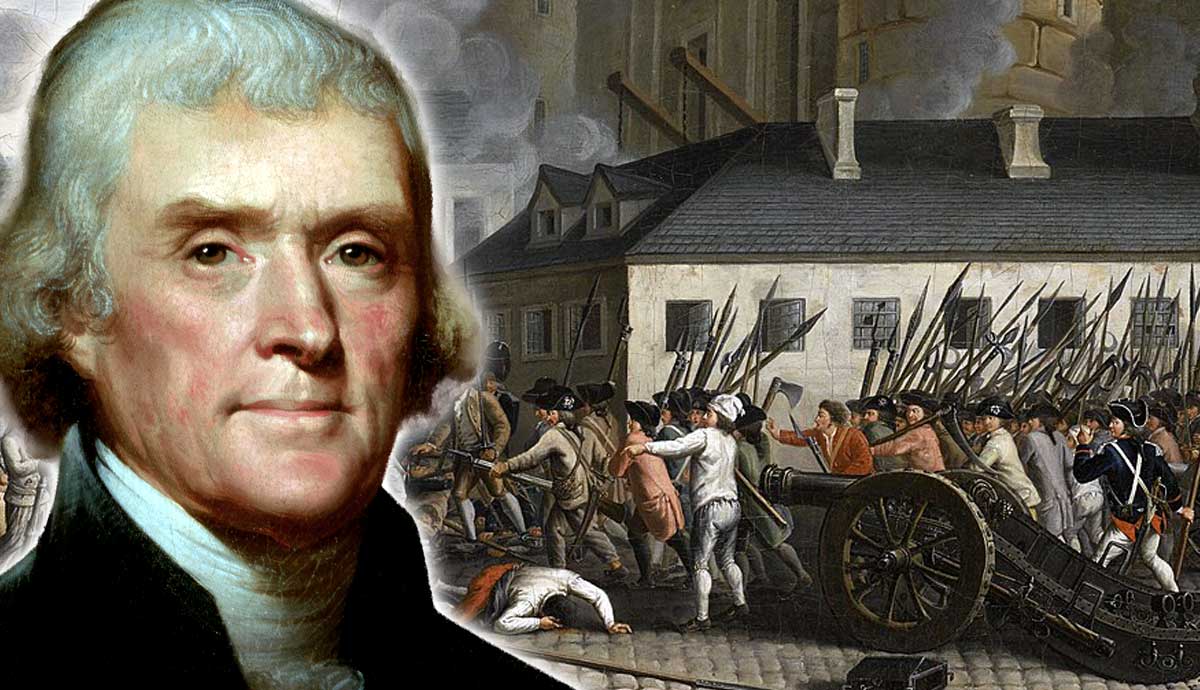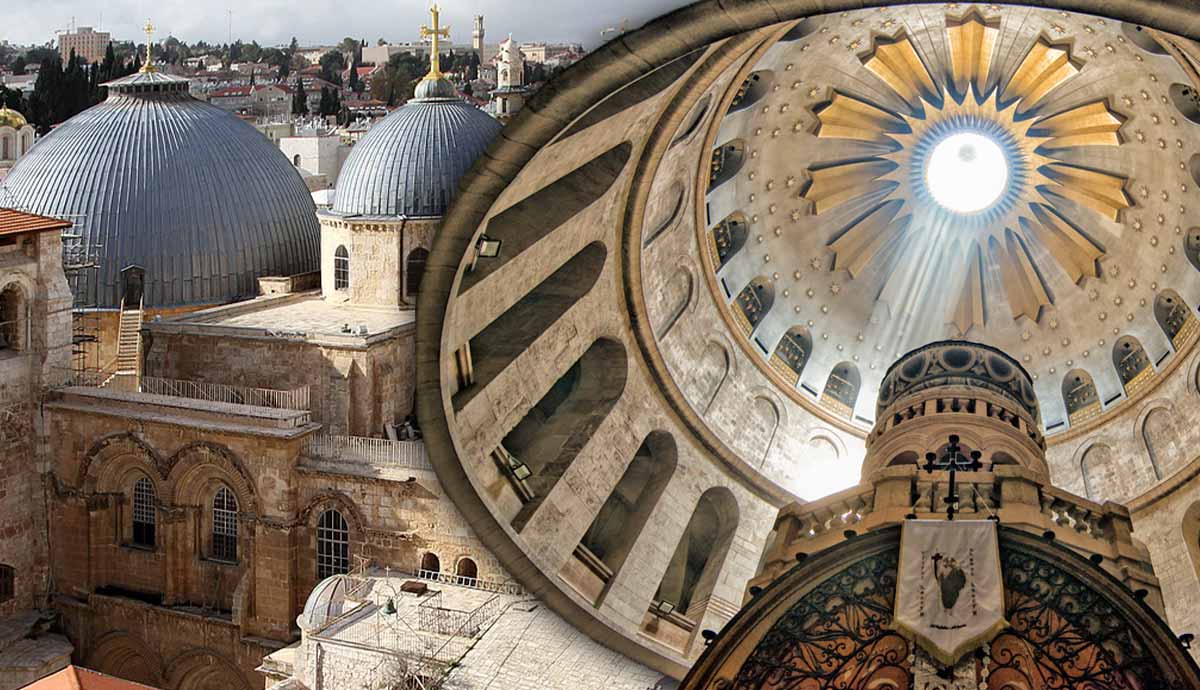
From the first contact between Spaniards and the Quechua-speaking Incas in 1528, the Quechua language, and all of its linguistic and cultural diversity, has remained an important part of Amerindian-Hispanic relations. In the early colonial period, Quechua was studied by Spanish conquistadors, traders, and missionaries in order to effectively communicate with local Quechua populations. As the power of the Spanish-American colonies solidified, however, Quechua was removed from political, and socio-cultural use, especially after Hispanic-American independence. The following centuries would see Quechua relegated to often isolated and economically disadvantaged indigenous communities.
Quechua and the Conquistadors

In 1528 Spanish Conquistadors Francisco Pizarro and Diego de Almagro first made contact with the Inca Empire. This meeting, like those between the Spanish and other Amerindians, presented the problem of having to communicate with a population that spoke a language heretofore unknown. This dilemma was alleviated by the arrival of Domingo de Santo Tomás, a Spanish Friar and missionary, who set out to learn the Inca language. In 1560 he published a book in Valladolid, Spain: Vocabulario de la lengua general de los indios del Perú, llamada quichua (Vocabulario of the General Language of the Indians of Peru, called Quechua).
The word Quechua came to denote the “general language” of the native population after first referring to the “Quichua nation,” which was located in what is now the Province of Andahuaylas in Peru. The original word Quechua meant “temperate valleys,” denoting the landscape of the region. Quechua’s historico-cultural importance stems from its use as an administrative and trade language of the Inca empire, one of the great pre-Columbian civilizations. In the early Colonial Period, Quechua was observed to be technically on a par with European languages, demonstrating the equal mental capacity of Indigenous peoples otherwise seen as inferior.
As Spanish dominance over the region increased, Quechua became a symbol of anti-colonial sentiment. Inca resistance to Spanish power culminated in the 1780 rebellion led by Tupac Amaru II, a descendant of a long line of anti-Spanish Inca leaders. Amaru was highly educated, having attended a Jesuit school, studied Latin and Spanish, and read Enlightenment literature. The aftermath of this widespread rebellion against Spanish-American rule was, in part, the banning of Quechua and indigenous garb. Due to its role in the Amaru rebellion, Quechua’s history is linked to a storied past of rebellion and anti-authoritarianism.
Quechua Literature

While it’s true that the use of Quechua has been discouraged, there remains a considerable record of Quechua literature in both religious (namely Catholic) and artistic contexts. In order to recognize this extant literary history, the recent rise of Quechua in current pop culture, though surely unique and important in its own context, should be seen as a continuation of Quechua history and is not unique to modern times.
The Ollantay is considered the oldest story in Quechua literature. The work is a drama that recounts the story of a lower-class Inca falling in love with the daughter of the empire’s ruler. The oldest manuscript is from a priest named Antonio Valdéz, who lived in Peru in the 18th century. While earlier academics considered Valdez to be the primary author, more recent scholarship views the story as perhaps a centuries-old work of oral history, which was finally written down by Valdéz.

The Huarochirí Manuscript should also be of note as the oldest written work in Quechua. It details ancient Inca religious rituals and myths. Although it was recorded by the Spanish priest Francisco de Ávila, it remains the oldest account of pre-Colombian religious beliefs and is an indispensable record of Inca society.
Other famous works are the dramas of the indigenous priest, Juan de Espinosa Medrano (1628-1688) and the poems of Bolivian Juan Wallparrimachi (1793-1814), who fought in the Bolivian War of Independence.
Later Quechua writers include Andrés Alencastre Gutiérrez (Kilku Warak’a in Quechua). Alencaste is considered to be the most important Quechua writer of the 20th century. Through his recognition of the emotional reality of being from an indigenous background in a Hispanic society, his use of Quechua served as the basis for a radical retelling of Peruvian, and indeed Latin American, history.
With the understanding that Quechua literature has been present for nearly half a millennia — through the whole of Spanish rule and continuing after South American Independence — we can begin to look at modern developments in Quechua.
Quechua Today

Throughout the centuries following the Tupac Amaru rebellion, though Quechua speakers were treated as second-class citizens and the language was persecuted politically and in the school system, Quechua survived in remaining indigenous communities. There are over eight million speakers today, not only among South Americans but also among immigrant populations, especially in New York.
Recent decades have seen Quechua gain recognition politically and culturally. The language even found its way into Star Wars. The Bounty Hunter, Greedo in Episode IV speaks a language based on Quechua.
Quechua Regains Official Status

In 1975 Peru became the first country in South America to give Quechua official status. More recently Ecuador (2006) and Bolivia (2009) have done the same. Students in these countries are able to take classes taught in Quechua. The Peruvian government has even hosted a daily news show, broadcast completely in Quechua, since 2016.
In 2021 the head of the Peruvian president Pedro Castillo’s cabinet addressed the country’s congress in Quechua, highlighting the sharp dissonance between the country’s millions of Quechua speakers and the often non-Quechua speaking upper and political classes. While the speech highlights the new acceptance of Quechua on a socio-political level, the ensuing backlash shows deep divisions remain.
Quechua in Academia

In recent years Quechua has solidified itself as a valid language in academia. In 2017, Carmen Escalante Gutiérrez completed the first doctoral thesis in Quechua. Interestingly, it was given in Spain at the University of Pablo de Olavide in Sevilla.
In 2017, Pablo Landeo wrote the novel, Aqupampa and published it without a translation in Spanish, the first of its kind. In 2019 Roxana Quispe Collantes became the first student in Peru to complete a doctoral thesis in Quechua at the University of San Marcos in Lima.
These figures have opened the door for serious academic consideration of both Quechua speakers and literature. Arguably, they reflect a growing interest in the voices of marginalized groups in the Hispanic world. Similar developments are taking place among Spain’s Gitano population, more widely known as the Roma.
Quechua in Music

While the use of Quechua has made strides in the more formal literary and academic worlds, the language has also been appearing in younger musical and media circles. These figures are serving as the voice of a new generation of Quechua speakers, and have a unique opportunity to spread awareness of Quechua and advocate for its speakers’ rights.
Lenin Tamayo
Lenin Tamayo (stylized as L E N I N) is a Peruvian-born Quechua speaker making waves in the Pop-music world (he’s amassed over 5.3 million likes on TikTok). Tamayo was bullied in school for his indigenous background and he’s found solace in bringing his indigenous heritage to life through his music. His eclectic style blends traditional Andean music with K-pop, redefining what it means to be a Quechua speaker in Peru.
Renata Flores

Renata Flores is another Peruvian Quechua speaker who’s gained popularity in the last few years. Her political lyrics talk of Peruvian and Quechua pride. Instead of being fused with K-pop, however, she mixes her traditional Andean influences with Rap. In her song “Francisca Pizarro,” Flores seeks to emphasize the essentially mestizo nature of Latin America. It takes its name from the daughter of conquistador Franciso Pizarro. Francisca is considered to be the first mestiza in Spanish history, born of Pizarro and an Inca noblewoman. She lived most of her life in the royal courts of Madrid, becoming an influential woman and an early example of Euro-Ameridian bi-culturalism, even in Spain.
Kichwa Hatari
While this article has mainly focused on the history of Quechua in Peru, it should be noted that varying forms of Quechua are spoken throughout South America and among its diaspora. Kichwa Hatari is a Kichwa-speaking radio station based in New York City (Kichwa is the dialect of Quechua spoken mainly in Ecuador). The organization was created to aid the growing number of Quechua-speaking immigrants in New York as well as to ensure the transmission of the Kichwa language and culture to the children of immigrants.
The Political and Cultural Ramifications of Quechua

Though the history of Quechua-speaking peoples comprises just one small part of the complex history of Spanish colonialism, it remains an interesting lens through which to view its ramifications. Clearly, recent political, academic, and artistic developments in the last 50 years have resulted in a broader acceptance and spread of the Quechua language. From a sociocultural perspective, this promotion of Quechua linguistic tradition elevates a long maligned and little-recognized people.
From a historical perspective, a deeper examination of Quechua allows us to more fully understand and appreciate the vast ethnic and linguistic diversity of the Americas, and to recognize the centuries-long implications of a conquest through which indigenous Americans have continually persisted.








